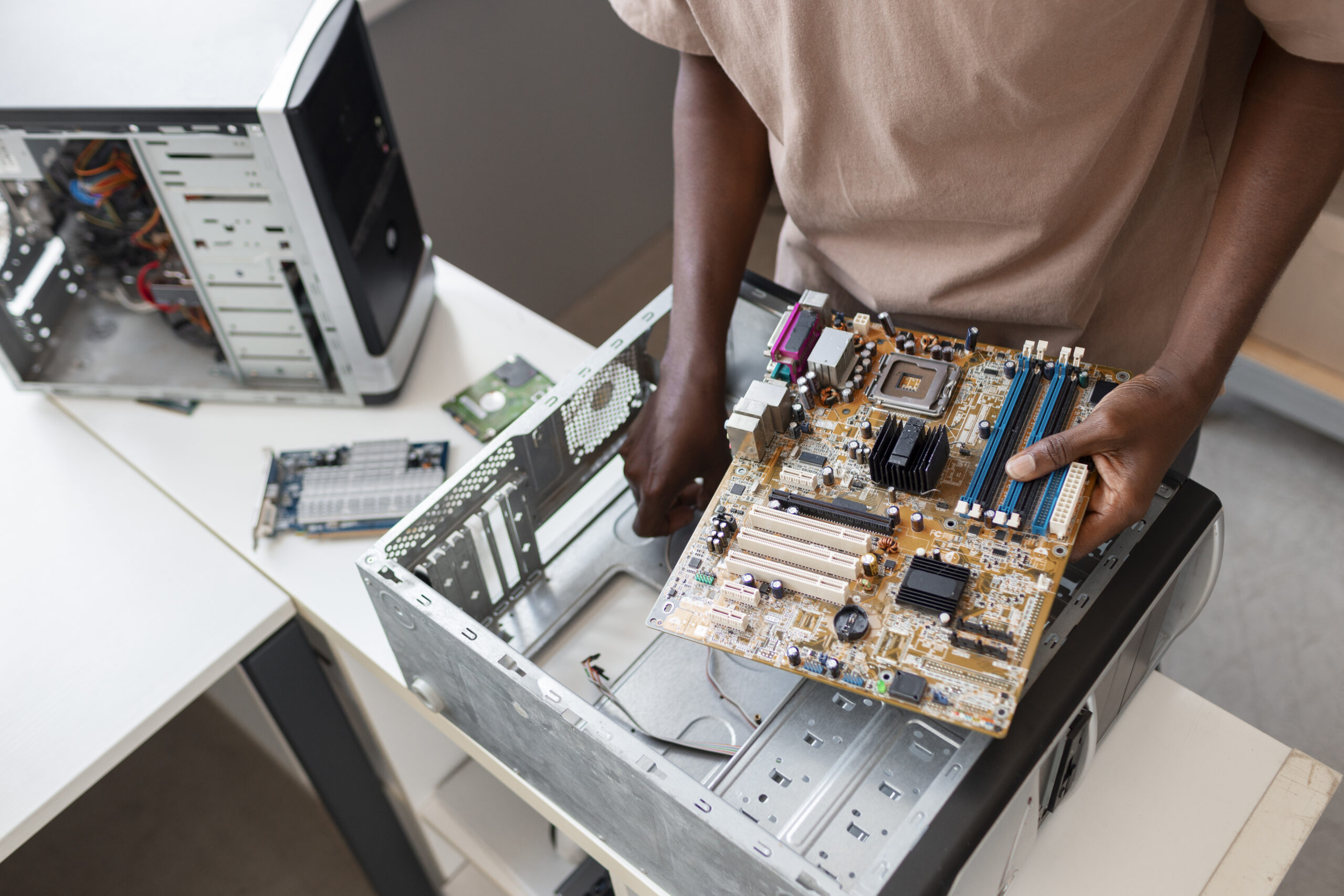The dk380c4.0-h8 is gaining attention in industrial and advanced consumer technology circles for its reliability, performance, and adaptable design. This guide will help you fully understand what the dk380c4.0-h8 is, how it functions, its applications, benefits, potential challenges, and tips for setup, usage, and maintenance, ensuring you maximize its value in your workflow.
What is the DK380C4.0-H8?
The dk380c4.0-h8 is a high-performance motor controller module designed for industrial-grade applications requiring precise speed control, stable torque management, and robust load handling.
Key characteristics often include:
- Voltage handling: Typically around 380V, suitable for heavy machinery.
- Current rating: Around 4.0A (hence the ‘4.0’ in its name).
- H8 architecture: Denoting an advanced control protocol for improved efficiency.
It is often used in:
- CNC machinery
- Industrial automation systems
- Conveyor belt operations
- HVAC industrial systems
- Robotics requiring high torque control
If you work in an industry where precision motor control is vital, the dk380c4.0-h8 can be a reliable partner in ensuring consistent, stable operations.
Technical Specifications of DK380C4.0-H8
While exact specs can vary by manufacturer, a typical dk380c4.0-h8 includes:
- Input Voltage: 380V AC, three-phase
- Rated Current: 4.0A
- Control Type: Vector control and V/F control
- Frequency Range: 0.50 – 400 Hz adjustable
- Overload Capacity: 150% for 60 seconds
- Communication Protocol: RS485 Modbus supported
- Digital and Analog Inputs: For flexible control
- Protection: Overvoltage, undervoltage, overload, and short circuit protection
- Cooling: Fan-cooled with overheat protection
- Weight: Generally 2-3 kg depending on casing
- Operating Temperature Range: -10°C to 50°C
These specifications make it ideal for industrial settings requiring continuous, heavy-duty operation while maintaining precision control.
Benefits of Using DK380C4.0-H8
Here is why industries prefer using the dk380c4.0-h8:
- Energy Efficiency: Vector control enables reduced energy consumption, saving operational costs.
- Stable Performance: Consistent torque across a wide frequency range ensures steady machine operation.
- Compact and Lightweight: Easy to install in existing machinery panels.
- Advanced Protection Features: Keeps your system safe from electrical faults.
- Improved Product Lifespan: Minimizes mechanical stress on motors.
- Easy Integration: Standardized protocols like RS485 Modbus allow seamless communication with PLCs and HMI systems.
- User-Friendly Interface: Typically includes LED displays and simple parameter setting.
If your operations require long-term reliable motor control, the dk380c4.0-h8 provides predictable, stable output while safeguarding equipment.
Applications of DK380C4.0-H8
The dk380c4.0-h8 is suitable for various applications, including:
- CNC Milling Machines for spindle speed and torque control
- Textile Machinery for precise weaving speed adjustments
- Conveyor Systems to manage speed and prevent sudden stops and starts
- HVAC Systems to regulate fan speeds and improve energy efficiency
- Pump Control for constant pressure maintenance in industrial settings
- Extrusion Machines for managing precise speed to ensure material consistency
Industries such as automotive manufacturing, electronics assembly, and food processing frequently adopt this controller due to its efficiency and stability.
Step-by-Step Guide: Installing DK380C4.0-H8
Step 1: Safety Precautions
- Turn off all power sources before installation.
- Wear anti-static gear and insulated gloves.
- Check the installation area for proper ventilation.
Step 2: Mounting
- Install the dk380c4.0-h8 vertically inside the control cabinet.
- Maintain 10 cm clearance around the unit for airflow.
Step 3: Electrical Connections
- Connect the three-phase 380V power supply to L1, L2, L3.
- Connect motor output terminals to U, V, W.
- Attach grounding wire securely.
- Connect control wiring (analog inputs, digital I/O, RS485) according to your PLC or HMI system needs.
Step 4: Parameter Setting
- Power on the unit and use the keypad to set:
- Motor rated frequency
- Maximum and minimum frequency limits
- Acceleration and deceleration time
- Control mode (V/F or vector)
Refer to the manufacturer’s manual for recommended settings based on your application.
Step 5: Testing
- Run a no-load test first.
- Gradually apply load while monitoring voltage, current, and motor temperature.
- Check for abnormal sounds or vibrations.
Following this structured approach ensures safe and efficient installation.
Common Troubleshooting for DK380C4.0-H8
Even with reliable units like the dk380c4.0-h8, you may encounter issues:
| Issue | Possible Cause | Solution |
|---|---|---|
| No Power | Faulty wiring, blown fuse | Check wiring, replace fuse |
| Overcurrent Alarm | Sudden load increase, short circuit | Inspect motor and wiring |
| Overvoltage Alarm | Sudden deceleration, regenerative voltage | Adjust deceleration time |
| Motor Does Not Start | Incorrect parameter settings | Verify start and stop signals and settings |
| Overheating | Poor ventilation, heavy load | Improve cooling, check load settings |
Regular maintenance and log tracking of alarms can prevent these issues from escalating.
Maintenance Best Practices
To keep your dk380c4.0-h8 in optimal condition:
- Clean Cooling Fans and Vents Monthly to prevent overheating by ensuring airflow.
- Tighten Connections Quarterly, as vibrations may loosen terminals over time.
- Check Parameter Settings Annually to validate that parameters match operational needs.
- Monitor Environmental Conditions to avoid moisture, excessive dust, or corrosive gases near the unit.
- Use Surge Protection to guard against voltage spikes.
With these practices, you will extend the service life of your dk380c4.0-h8 while maintaining consistent performance.
Tips for Optimizing DK380C4.0-H8 Performance
- Use Soft Start and Stop to reduce mechanical stress on motors.
- Match Motor Ratings to ensure your motor specifications align with the controller’s capabilities.
- Regularly Update Firmware (if supported) for improved features and bug fixes.
- Keep Spare Fuses and Fans for quick replacements to minimize downtime.
- Use Quality Cabling to reduce signal interference in control circuits.
Implementing these tips ensures maximum efficiency and stability in your industrial processes.
FAQs about DK380C4.0-H8
Q: Is the dk380c4.0-h8 compatible with single-phase motors?
A: No, it is designed for three-phase motors due to its voltage and current ratings.
Q: Can I use the dk380c4.0-h8 with a generator backup system?
A: Yes, but ensure voltage stability and correct grounding to prevent damage.
Q: Does it require a PLC to operate?
A: No, it can operate standalone using keypad control but integrates seamlessly with PLCs for advanced automation.
Q: What is the average lifespan of a dk380c4.0-h8 unit?
A: With proper maintenance, it typically lasts 7–10 years under continuous operation.
Q: Is professional installation necessary?
A: Recommended, especially for industrial setups, to ensure safety and correct parameter configuration.
Conclusion: Why Choose DK380C4.0-H8?
The dk380c4.0-h8 is an excellent investment for industries requiring precise, stable, and efficient motor control. Its robust design, advanced protection features, and ease of use make it a practical solution for heavy-duty industrial environments.
By understanding its specifications, benefits, installation steps, maintenance, and optimization tips, you can fully leverage this controller to:
- Reduce operational costs
- Improve production consistency
- Enhance energy efficiency
- Extend machinery lifespan
Whether you are upgrading your CNC machines, conveyor systems, or robotics line, the dk380c4.0-h8 ensures you gain control, stability, and efficiency, helping your business thrive in a competitive industrial environment.



